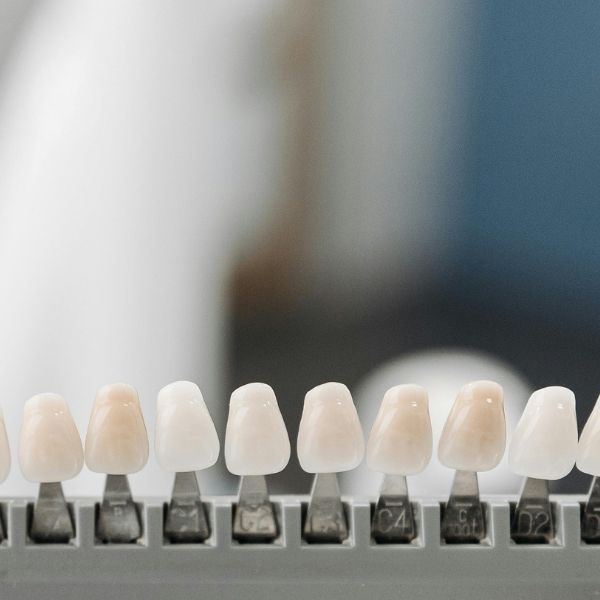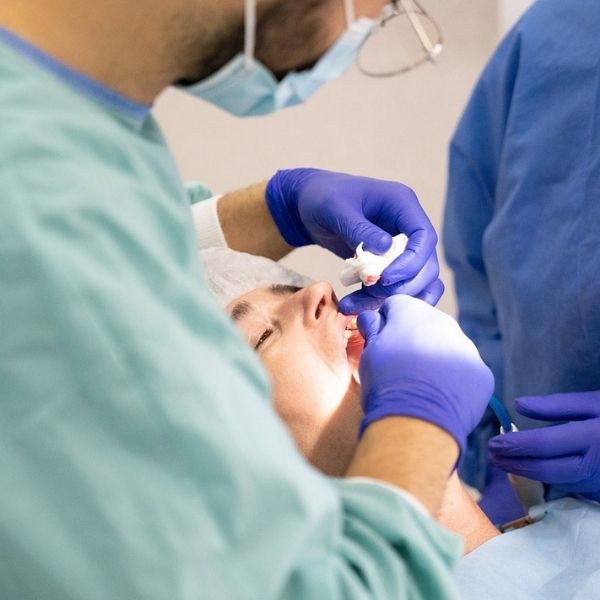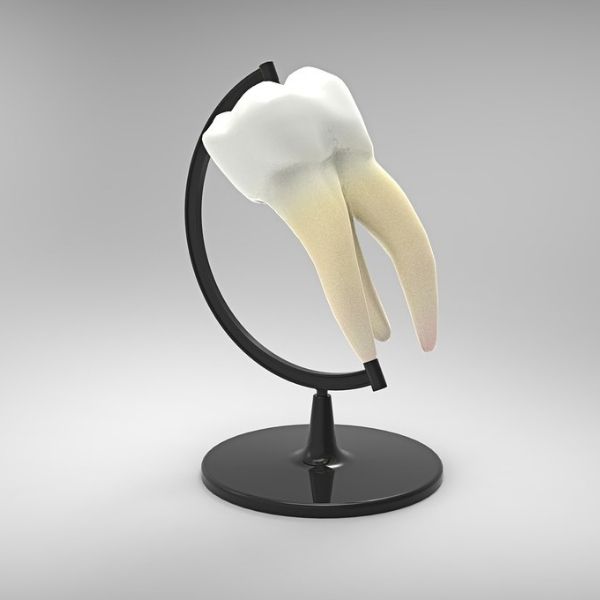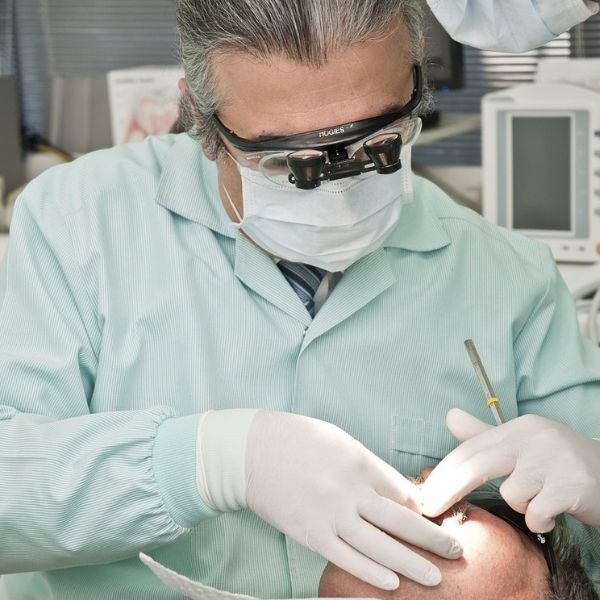If you’re considering dental implants, one of the first questions you might ask is, what are the components of a dental implant. Dental implants are a highly effective solution for replacing missing teeth, and understanding their key components is essential to appreciating how they work and why they are so durable and long-lasting. In this article, we’ll dive into the different parts that make up a dental implant, how these components function together, and why each is important to the overall success of your dental restoration.
What Is a Dental Implant?
Before answering the question what are the components of a dental implant. It’s important to understand what a dental implant actually is. A dental implant is a prosthetic tooth replacement that involves surgically placing a metal post into the jawbone to support an artificial tooth or teeth. It is a long-term solution that mimics the function of natural teeth and helps restore a person’s ability to chew, speak, and smile confidently.
The dental implant system comprises three main components: the implant post (or fixture), the abutment, and the crown. These parts work together to create a stable and functional replacement for missing teeth. Let’s explore these components in detail to fully understand what are the components of a dental implant.
1. The Implant Post (Fixture)
The first component to address when discussing what are the components of a dental implant is the implant post, also known as the fixture. This post is the foundation of the dental implant and is surgically embedded into the jawbone. It is typically made from titanium or a titanium alloy, materials that are biocompatible, meaning they are easily accepted by the body.
Key Features of the Implant Post:
- Material: Titanium is used because of its strength, durability, and ability to fuse with the jawbone in a process called osseointegration.
- Shape and Size: The implant post resembles a small screw that comes in different lengths and widths to match the patient’s jawbone anatomy and specific needs.
- Function: The primary function of the implant post is to act as an artificial tooth root. It provides the foundation for the other components of the dental implant, ensuring that the replacement tooth or teeth stay securely in place over the long term.
Once the post is surgically placed into the jawbone, it needs time to heal and integrate with the bone. This healing period can take several months, but it is crucial for ensuring that the implant becomes stable and durable. This process of osseointegration is one of the key reasons dental implants are so effective. Without a solid implant post, none of the other parts can function properly, making it one of the most important parts when exploring what are the components of a dental implant.
2. The Abutment
Next, in the breakdown of what are the components of a dental implant, we have the abutment. The abutment is a small connector piece that is placed on top of the implant post once it has fully integrated with the jawbone. The abutment extends above the gum line and serves as the attachment point for the artificial tooth or teeth.
Key Features of the Abutment:
- Material: Abutments are often made from titanium, but they can also be made from zirconia, a ceramic material, particularly for aesthetic purposes, especially in the front of the mouth.
- Shape and Design: The abutment is custom-shaped to support the dental crown or prosthetic tooth. It fits securely onto the implant post, ensuring a stable connection between the post and the crown.
- Function: The abutment’s main function is to hold the crown (or another type of prosthetic) in place. It acts as a bridge between the implant post and the visible part of the implant, ensuring a snug fit and stability.
The abutment plays a crucial role in the question what are the components of a dental implant, as it connects the implant post with the visible part of the restoration. Without the abutment, it would be impossible to attach the prosthetic tooth securely to the post.
3. The Crown (or Prosthetic Tooth)
Finally, the third essential part of the answer to what are the components of a dental implant. Is the crown. The crown is the visible, functional part of the dental implant that replaces the missing tooth. It is designed to match the look and feel of natural teeth, restoring both the aesthetic appearance and function of the lost tooth.
Key Features of the Crown:
- Material: Crowns are typically made from porcelain, ceramic, or a combination of porcelain fused to metal. These materials are durable and can be customized to match the size, shape, and color of the patient’s natural teeth.
- Customization: Each crown is custom-made to fit the patient’s mouth and to blend seamlessly with their surrounding natural teeth.
- Function: The crown is the part of the dental implant that allows the patient to chew, speak, and smile with confidence. It serves as the replacement for the missing tooth, providing both aesthetic and functional benefits.
When patients ask what are the components of a dental implant. The crown is often the most familiar part because it’s the part they see and use every day. A well-designed crown will look and function just like a natural tooth.
How Do These Components Work Together?
Understanding what are the components of a dental implant also involves knowing how these components function as a whole. The implant post acts as the root, providing a stable foundation that is securely anchored in the jawbone. The abutment connects the post to the crown, while the crown serves as the visible, functional part of the implant. Together, these components work to restore the appearance, stability, and functionality of the missing tooth or teeth.
Other Factors Related to Dental Implants
While the implant post, abutment, and crown are the main parts of what are the components of a dental implant, other elements can come into play, depending on your case. These additional factors include:
- Healing Caps: During the healing process, a healing cap may be placed over the implant post to protect it as it integrates with the bone.
- Temporary Crowns: In some cases, a temporary crown may be placed while the implant heals before a permanent crown is added.
- Bone Grafting: In cases where the jawbone is not thick or dense enough to support the implant post, bone grafting may be necessary to strengthen the area before the implant is placed.
Why Are Dental Implants So Effective?
Now that we’ve covered what are the components of a dental implant, it’s important to understand why they are so effective. Dental implants provide a stable, long-lasting solution for missing teeth because the implant post fuses directly with the jawbone, offering stability that other tooth replacement options, like dentures or bridges, can’t match. The materials used, such as titanium for the post and ceramic for the crown, ensure the implant is durable, functional, and aesthetically pleasing.
In conclusion, what are the components of a dental implant. The answer lies in the three key parts: the implant post, the abutment, and the crown. Together, these components create a durable, natural-looking solution for missing teeth, restoring both function and appearance. By understanding how each part works, patients can better appreciate why dental implants are often considered the gold standard for tooth replacement. With proper care, a dental implant can last for decades, making it a smart investment in your oral health and overall well-being.





